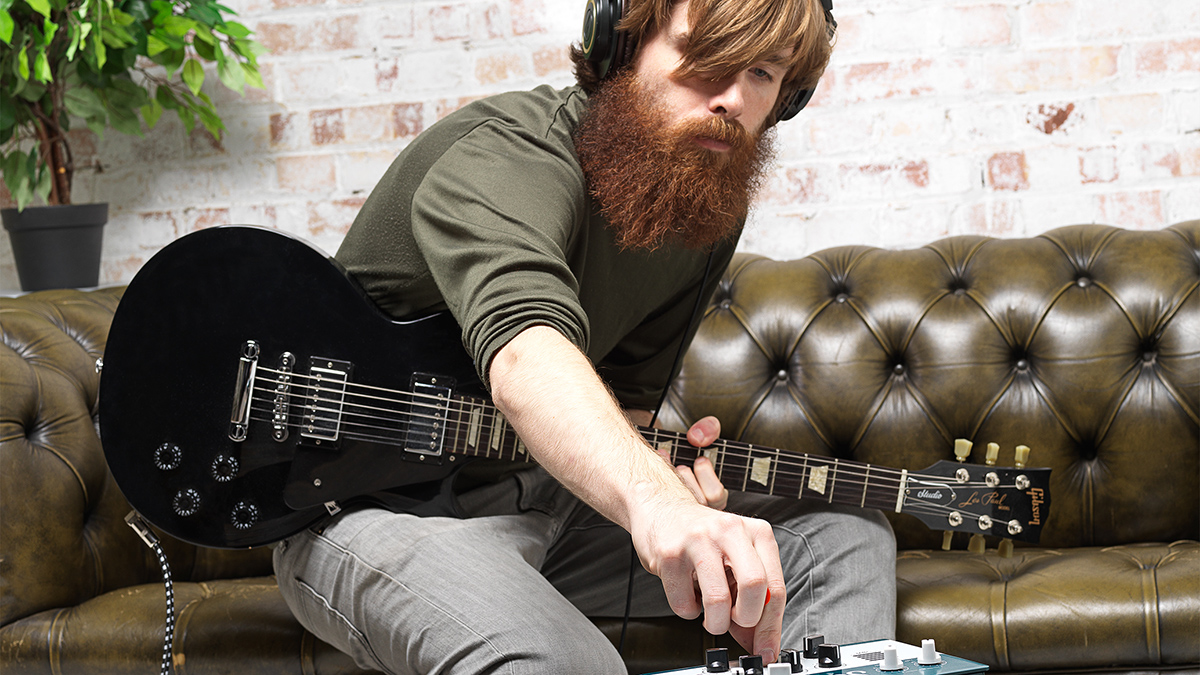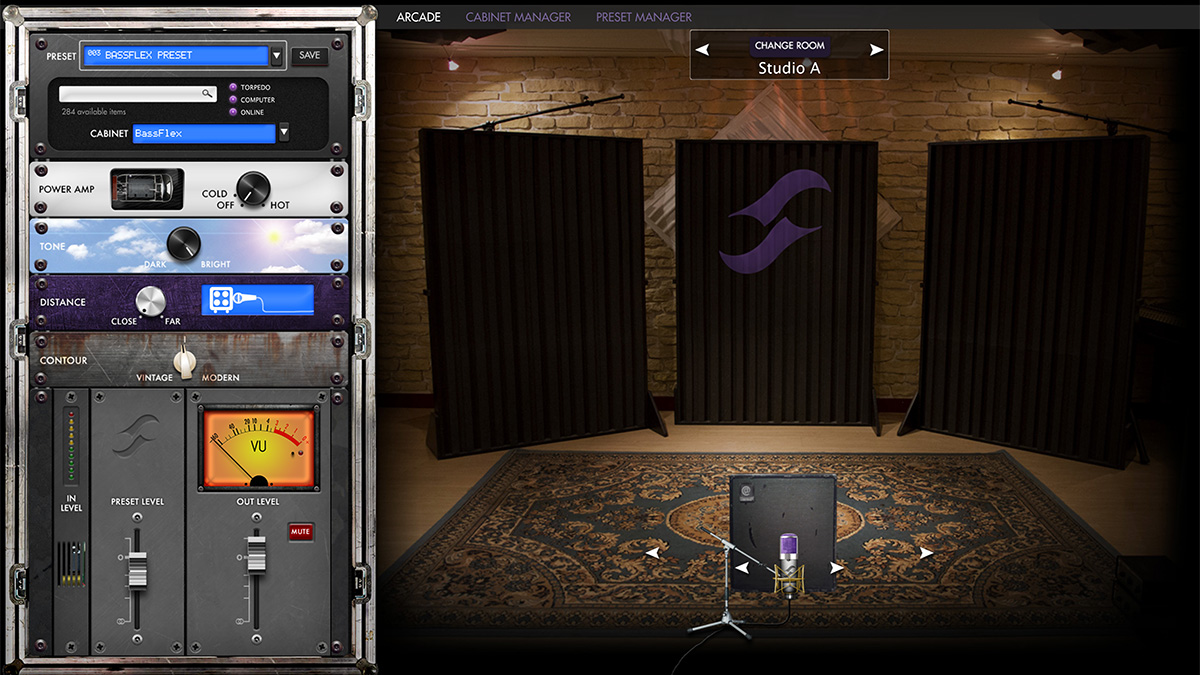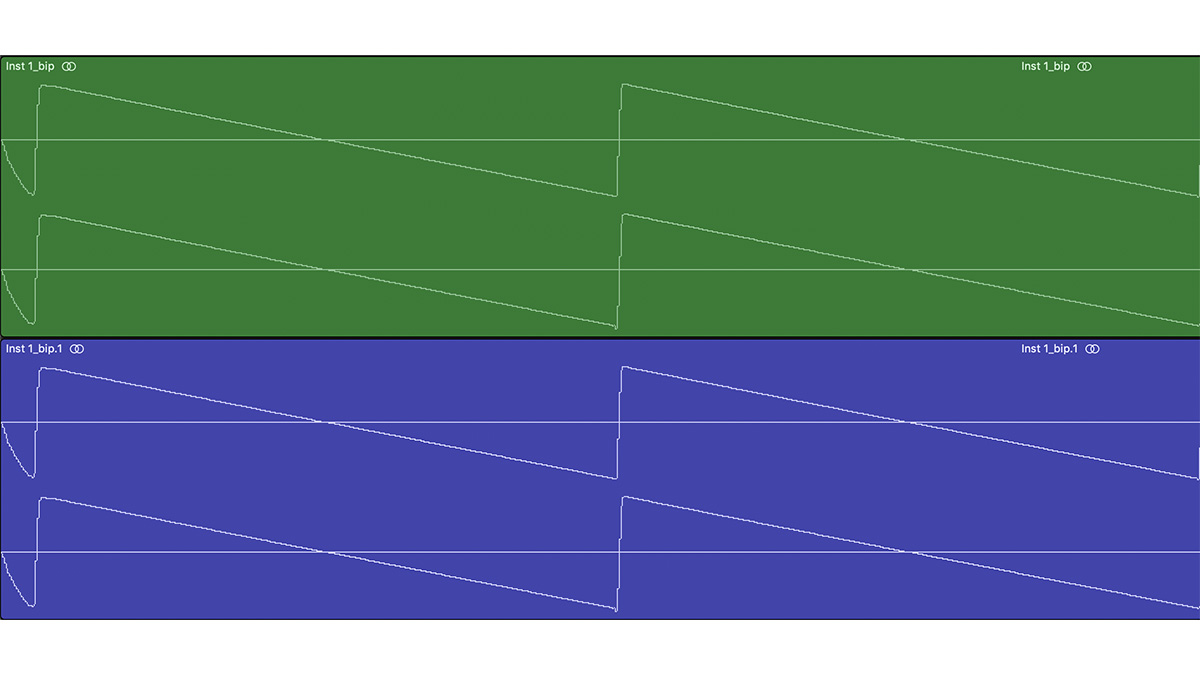
You're about to embark on recording some electric guitar tracks, but are you ready? Here's a quick checklist of some the things you may want to think about before hitting the red button.
Mixing things up with different setups and even your plectrum can be great ways to get the best guitar recording down.
Check out four ways you can you improve tracking those solid guitar tones.
1. Guitar picks matter
Guitar picks are something that’s often overlooked when recording guitars. Usually, a guitar player will play with one size of pick without even considering what it’ll do for their tone. Using a softer pick can improve the dynamics of a part whereas a thicker pick can add more power to your parts. If you’re not happy with your guitar tones, try swapping out your picks and see how they sound.
2. Change setups when double tracking
The best way to achieve wider guitar tones is to change up what setups you’re using when double-tracking. For example, double-tracking a set of rhythm guitars with the same amp helps create a solid foundation for your guitar tone but adding either the same parts tracked on a different guitar or amp will give your mixes a better sense of depth.
If you don’t own another cab then a great alternative is to track your guitar amp and then use an amp simulation to record your other parts with. Using an interface such as the Sono by Audient gives you a plethora of different tones all in one unit.

3. Get a great monitor mix before tracking
When tracking guitars, context is everything. It’s difficult to achieve great starting tones and takes if the initial mix is lacklustre
Having a decent sounding monitor mix while tracking not only helps show up any issues if the tone isn't cutting it but also inspires the artist who's playing.
4. Phase correlation
Phase correlation between mics is hugely important when on the quest for the elusive ‘perfect guitar tone’. If you need more than one mic to accomplish that sound, here is a trick to easily check phase coherence.
Start by connecting a reamp box to the amplifier you are recording - If you’re using an audio interface with a reamp box, such as the Audient Sono then you can use that instead, Using your DAW, send a side snare or stick click (anything with an enhanced attack transient) out through your DAW via the reamp box and into the amp. Record your mics capturing this sound, then have a look at the waveforms to see how close they are.
Taking the time to match these up and get them perfectly in phase will improve your guitar recordings tenfold.

Want all the hottest music and gear news, reviews, deals, features and more, direct to your inbox? Sign up here.